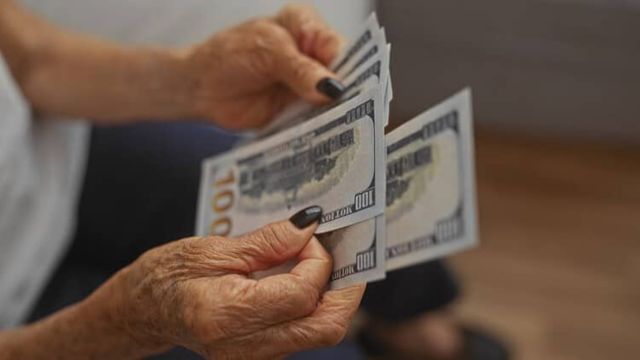Becoming debt-free is a significant financial milestone that not only alleviates stress but also opens up opportunities for a more fulfilling life. Retirees often attest to the fact that being free from debt enhances their quality of life, providing the freedom to pursue hobbies, travel, and support loved ones without the constant burden of financial obligations.
In this article, we will explore the five bills that you’ll never have to pay again when you achieve financial freedom and discuss the potential financial benefits of redirecting that money toward your goals.
Firstly, when you own your home outright, the relief from not worrying about another mortgage payment is unparalleled. Ann Martin, Director of Operations for CreditDonkey, highlights the significant relief that comes with eliminating the burden of housing costs.
Not only does it free you from a monthly payment spanning 15 to 30 years, but the financial life-changing aspect lies in what you can do with the money you’re not paying to the bank. A LendingTree study suggests that the average monthly mortgage payment is $2,317, and redirecting this amount into investments with a 7% return could result in nearly $170,000 in just five years.
Secondly, achieving freedom from debt simplifies your budget, notes Jake Hill, CEO of DebtHammer Relief. Longer-term bills, such as student loans that often span a decade, become a thing of the past.

The joy of making that final student loan payment is a gratifying moment that signifies a simplified financial life. With the average monthly student loan payment at $503, redirecting this into investments with 7% gains could yield nearly $37,000 in five years.
Moving on to car payments, which rank as the third-largest debt category, they become a distant memory once the final payment is made. According to LendingTree, the average new car payment is $726 per month.
The cash freed up from the absence of car payments becomes yours to put towards securing your financial future. Investing the average car payment of $726 per month with 7% returns could result in over $53,000 after just five years.
Paying off your final credit card balance is a financially liberating experience, especially considering the average APR nearing 28%. Credit card interest payments can represent a significant drain on monthly resources, often underestimated by many until they are no longer a concern.
For example, making the minimum payment on a $1,000 balance at 28% interest could take 51 payments over four years, with $709 spent on finance charges in addition to the borrowed $1,000.

Lastly, while not directly connected to borrowing, bank fees, including overdraft fees and insufficient funds charges, can create a cycle of debt that’s hard to escape. Managing finances effectively and staying out of debt allows individuals to keep more of their hard-earned money.
Related News:
- Danger to AI innovation from state and local involvement
- Former President’s High-Speed Boat Hits the Auction Block in Texas!
- Alert: U.S. Secret Service Warns New Yorkers About Rising Romance Scams
Jared Stern, Managing Member of Uplift Legal Funding, recommends proactive financial management, including setting up alerts for low balances and considering a small line of credit as a buffer to avoid overdrafts.















+ There are no comments
Add yours